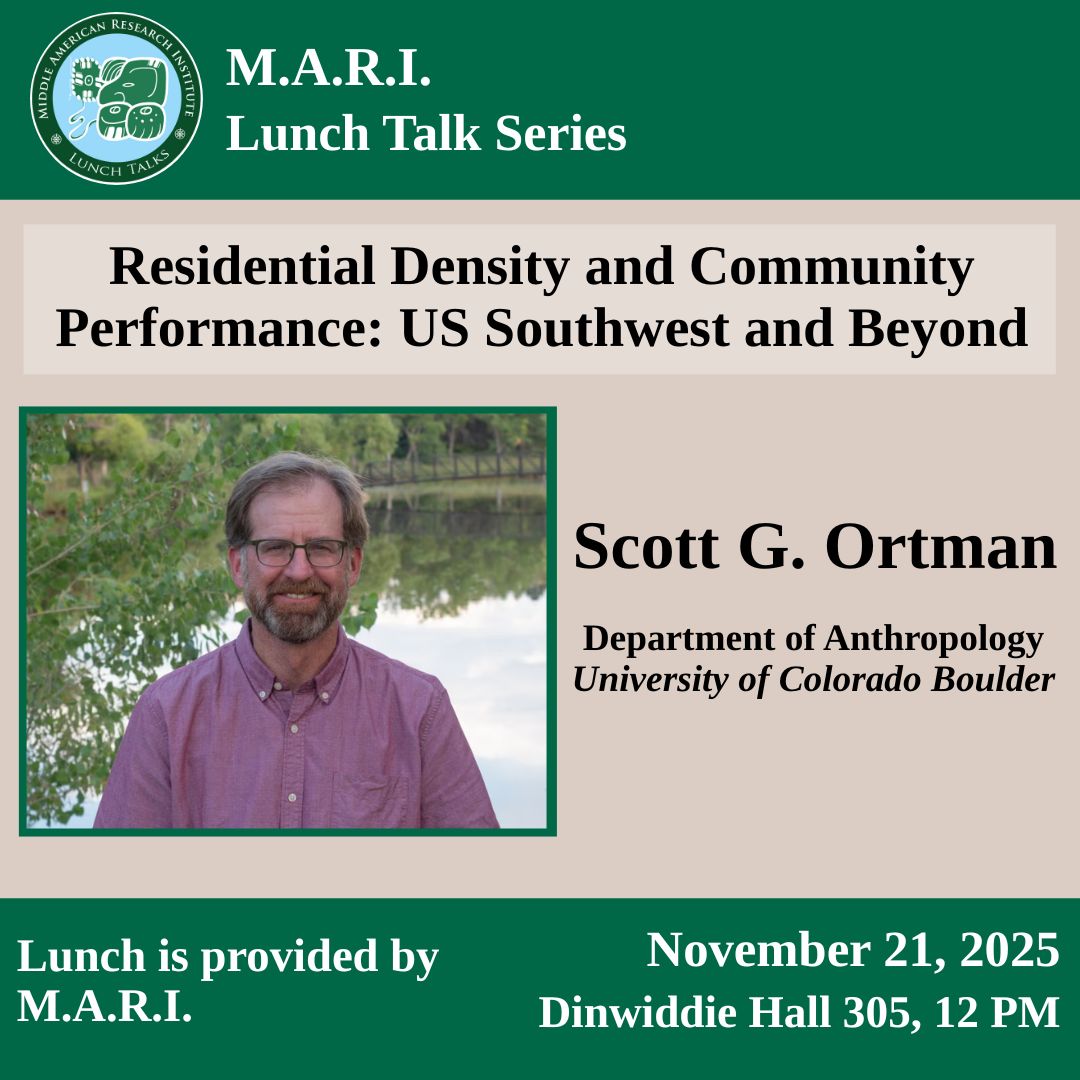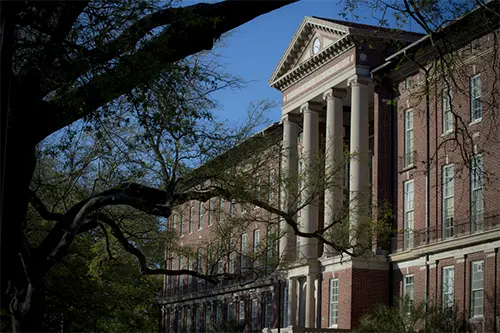
We are pleased to announce the eighth session of our 2025-2026 M.A.R.I. Lunch Talk Series. This Friday, November 21, Scott G. Ortman (University of Colorado Boulder) will present "Residential Density and Community Performance: US Southwest and Beyond."
Abstract: One of the simplest and most illuminating properties of human communities is residential density, as it provides a useful summary of many other properties of the associated socio-spatial network. In contemporary societies fast and low-cost commuting make it challenging to determine community boundaries. In archaeology, the challenge has been to organize the data from dispersed communities in such a way that they can be directly compared with data for aggregated villages and towns. The cyberSW Project has invested in compiling such data for the Ancestral Pueblo World, and here I present some preliminary findings regarding the effect of residential density for community productivity and resilience.
Bio: Scott G. Ortman is Professor of Anthropology and Director of the Center for Collaborative Synthesis in Archaeology at the University of Colorado Boulder, and External Professor at the Santa Fe Institute. Ortman received his Ph.D. from the School of Human Evolution and Social Change at Arizona State University in 2010, and his dissertation won the Society for American Archaeology Dissertation Award in 2011. His research focuses on the contemporary relevance of archaeological research and findings for the social sciences and for local, indigenous and descendant communities.
M.A.R.I. Lunch Talks invite guest speakers to host seminars at M.A.R.I. on a wide variety of topics related to the archaeology, history, and ethnography of Mesoamerica and other world areas. The events typically take place on Fridays around noon and can be delivered in English and Spanish.

